
Above: Comparable works.
FORK MOUNTAIN contains the surreality of EEAAO, the dry and too real mid 2000’s awkwardness of PEN15, and the dark, competitive undertone of Black Swan.
Being a transracial adoptee is a pretty surreal experience. Moments such as May seeing a white version of herself reflected in mirrors around her, and the poetic Kung Fu sequence at the end of the film, convey the unusual ways that we experience the world. It’s a strange feeling to go through life with your exterior never quite matching up with your inner self.
PEN15 nails the time period and coming of age challenges that May faces in FORK MOUNTAIN. PEN15 does a great job of presenting the absurdity of certain situations in order to get their messaging across, and FORK MOUNTAIN aims to do the same.
Black Swan (and Whiplash) portray the dark side of performance, which is a good reference for May’s struggles as she attempts to perfect her part – the consequences of not quite hacking it in a space with impossible expectations.
CINEMATOGRAPHY
Camera lensing should lean comedic but with lighting that portrays the world in a more realistic way so that transitioning between moments of levity and moments of drama are seamless.
Primary “present day” film will be show with a crisp and modern digital filmmaking aesthetic, while films and TV within the world of the film will be shot as true to life as possible.
For example: VHS home movies will be shot with actual 80’s / 90’s era video cameras.







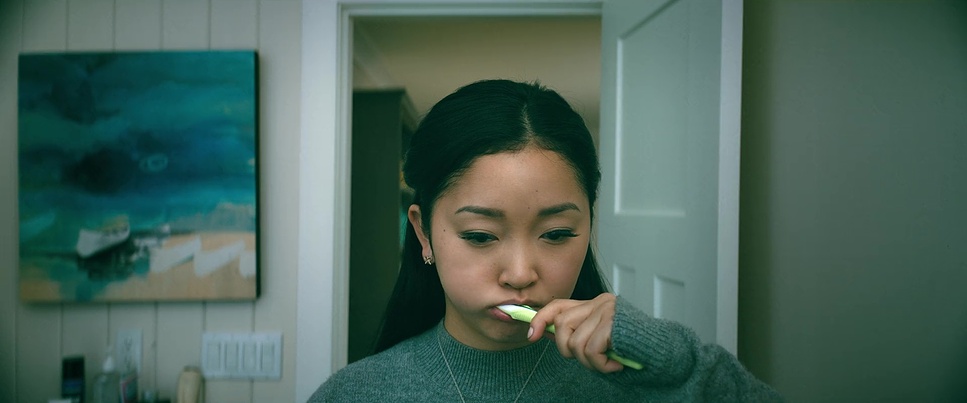
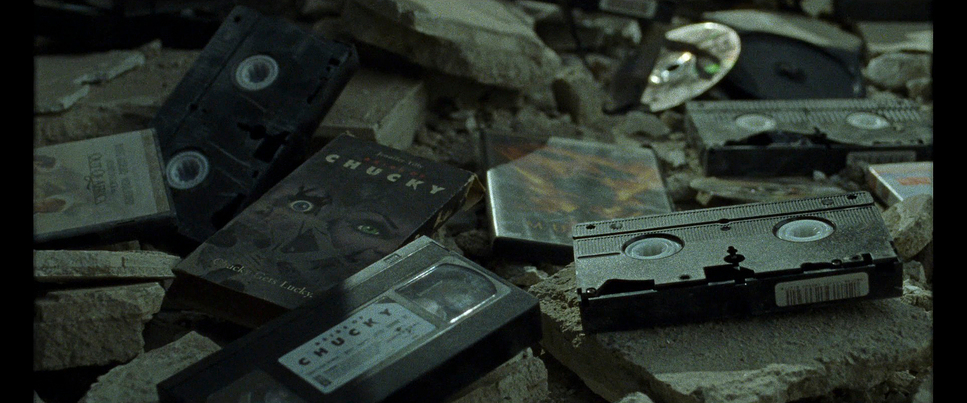


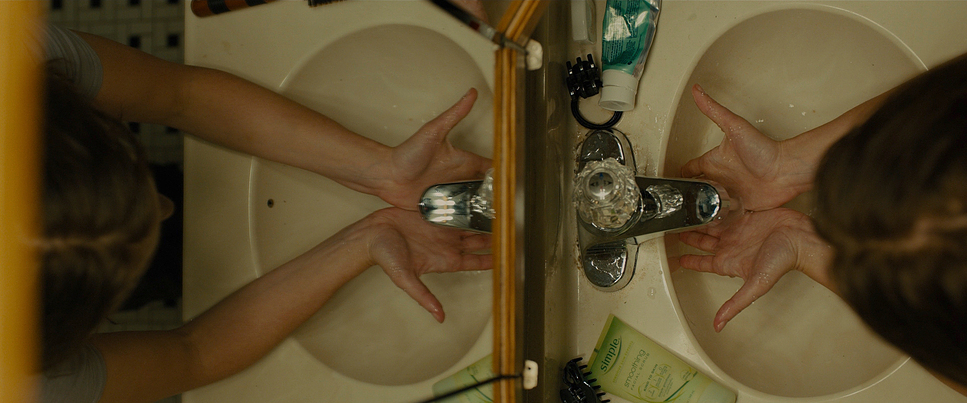



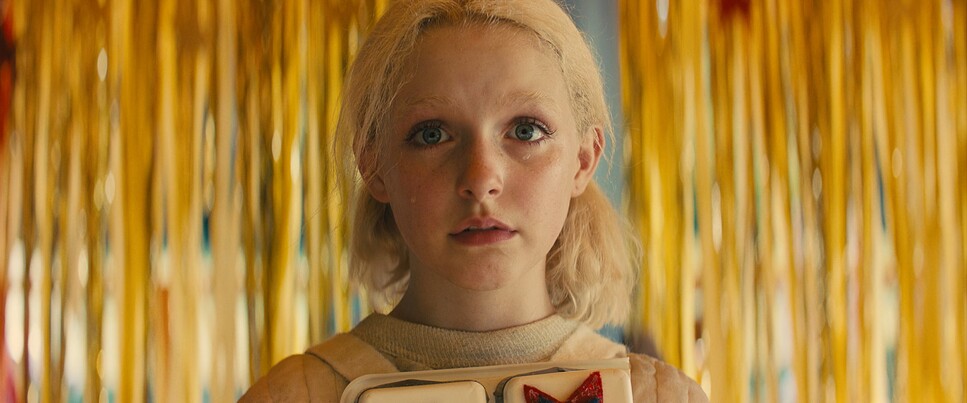
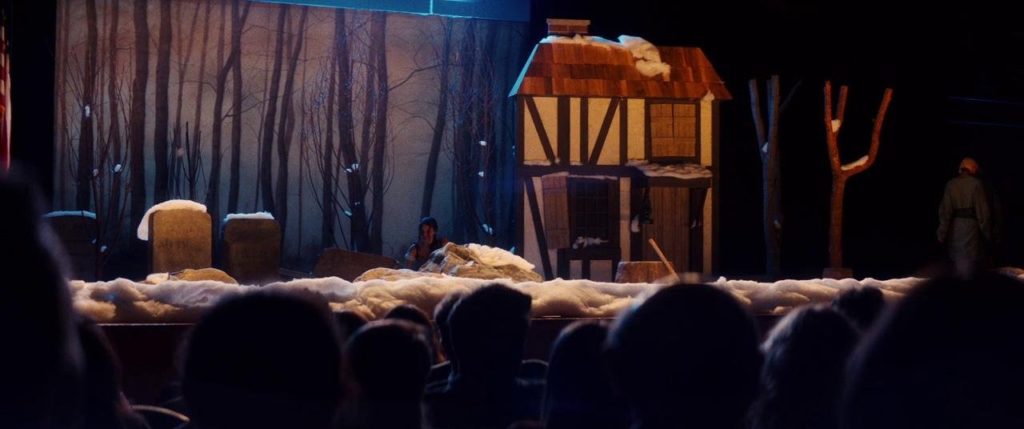

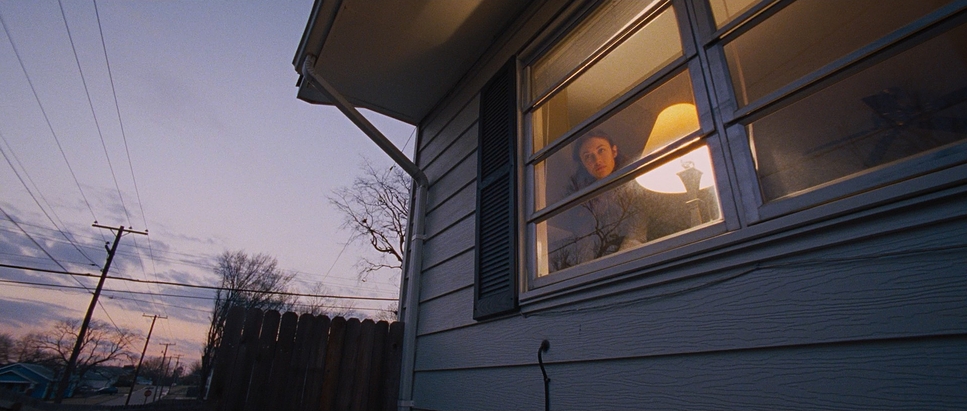
Production design
FORK MOUNTAIN takes place in the mid-2000’s, rife with silvery, futuristic pop elements over a bedrock of 90’s angst.


Both May and Courtney’s middle / lower middle class homes are full of 90’s relics, while May’s bedroom contains posters and other decor that presents her as an All-American teenage girl.
Surrounding these historical bubbles is the setting of white suburbia. May’s hometown (much like my own) is predominantly white Americana, and she is the only Asian person in her school. White students and the WASP’y white setting are color coded with cool hues of blues, greens, and greys. A bland mixture that further sets May apart, with her red nail polish and brown skin.

Play within a play
The driving force behind FORK MOUNTAIN’s plot is a play based on Spoon River Anthology, a book of short poems by American poet, Edgar Lee Masters.
The production design of the play harkens to the confederate south, which adds another layer of complexity to May’s environment. It’s an all-too common conflict for transracial adoptees and other people of color who grow up in majority white towns… what do you do when your white peers, teachers, neighbors, wave racist flags, wear racist clothing, or use racist decorations, blissfully unaware of the history of those symbols?

Television
There is a TV in May’s kitchen that constantly plays sitcoms and movies in the style of the time. “Friends” and “Seinfeld” to name a couple. When May watches TV and sees predominantly white casts, with the only Asian character being degraded and belittled for laughs, she – like many Asians growing up in America at that time – questions whether Hollywood stardom is even an option for her.

KUNG FU
In an effort to learn about how Chinese people sound, Courtney invites May over to watch Kung Fu movies. Unfortunately, it’s a dead-end, as the only movies they can find are fully dubbed in English!
While this doesn’t help May to “learn Chinese,” she is inspired by the idea of becoming an Asian film star.